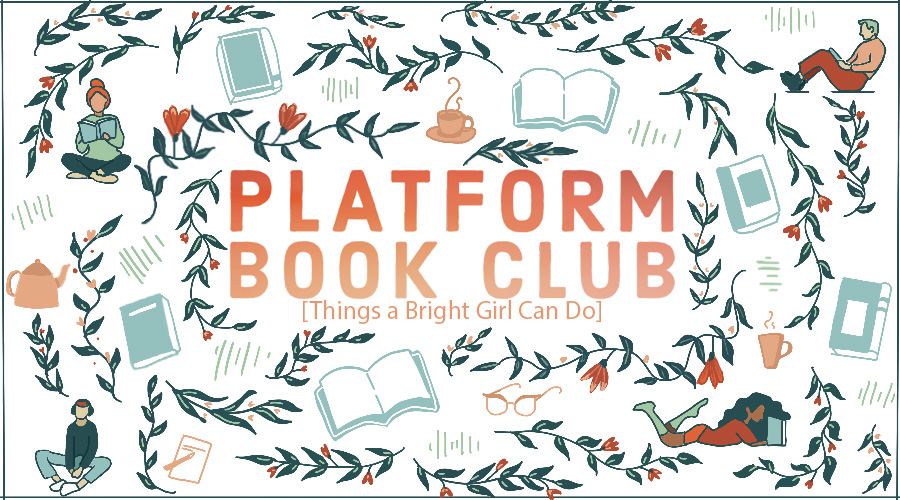In celebration of International Women’s Day (March 8), it is only right we look at a novel delving into the Suffragettes, a group that defined history for all women of today. This week’s Platform Book Club review comes from Editor-In-Chief Faith Pring with Things a Bright Girl Can Do by Sally Nicholls.
This is the story of three young women who have completely different lives, and three very different reasons to be involved in the Suffragette or the Suffragist movement.
Set across 1914 and subsequent months, Nicholls tells us the story of why three seemingly normal girls would choose to become involved in what was dibbed as a “reckless” and “violent” way of campaigning.
Firstly, we have Evelyn. She has grown up, overshadowed by her brother’s professional success, pressured into starting a family by her parents, and cornered by family friend Teddy who just wants to get married. Evelyn’s story is the one that I most enjoyed – she believes that both men and women should have equal opportunity to pursue a university education, and when she is denied by her father to attend Oxford, she is drawn into the world of the Suffragette movement in pursuit of equality and out of spite towards her family. Of course, Teddy follows her begrudgingly at the heels, often making it no secret how he felt and offering strict words of advice that can come across as patronising.
Secondly, we are introduced to May. She is a very passionate, outgoing, and confident member of the Suffragette movement, who has some very strong morals and is eager enough to share them with everyone she comes across. A self-declared “sapphist”, May prides herself in being different to all those around her, and is more than willing to shout it from the rooftops if not held back slightly by her mother – also a passionate member of the movement.

Finally, we meet Nell who is possibly the most complicated of the three, and the most heart-breaking. Similarly, to May, Nell knows she is different but doesn’t quite understand how. She dresses in her brother’s hand-me-downs, taking pride in her ability to be disguised as a boy, even going as far to earn work simply because she was believed to be a male, only to be brutally kicked out when they realised her true identity. Having Nell question her gender identity at times during this novel gave the story a unique edge that I’ve rarely seen in other historical fiction, especially of this time period.
Nicholls effectively crafts a story of three characters united by one common element – the vote for women. The story highlights the common misconception that many people probably faced at the time: “how would women change anything?”.
Nicholls guides the movement through the First World War; however it did feel as though the Suffragette movement was no longer the focus during Evelyn’s story and she simply became an accessory to Teddy’s character arc. However, May and Nell’s storylines continued to show the struggles women faced during the war, and how their class differences can bring them closer as well as expose their own insecurities.
Ultimately, Sally Nicholls crafts a novel that effectively depicts the Suffragette movement from the majority of angles and perceptions, if not losing its way partially and ending on a slightly flat and predictable note, but serves as closure all the same.
By Faith Pring
Feature image: annadoesdesign

